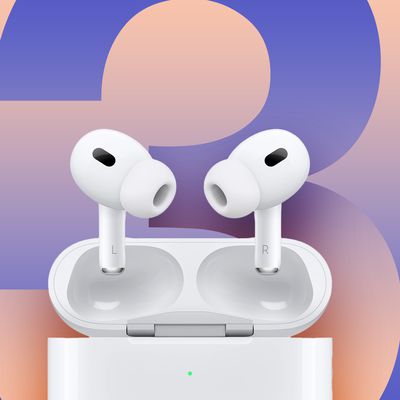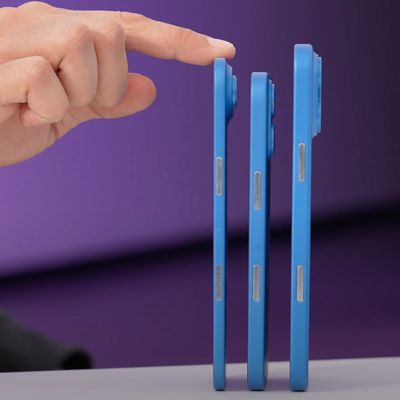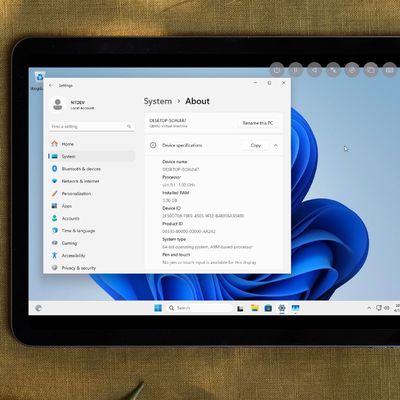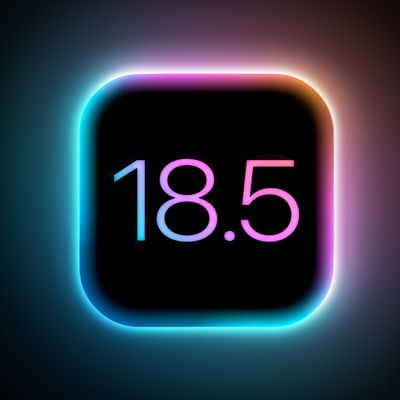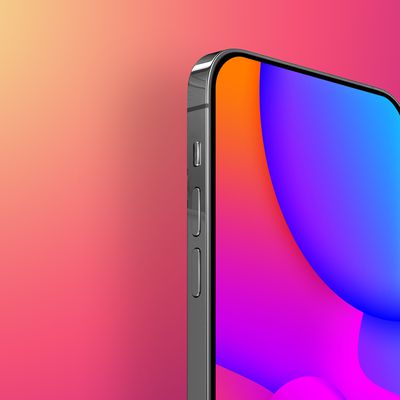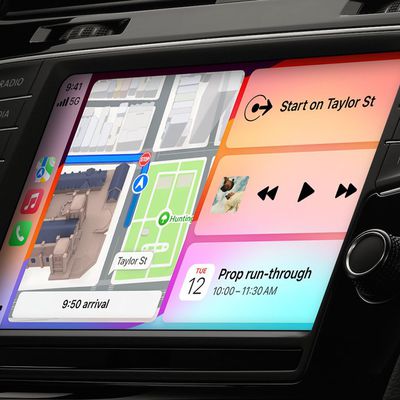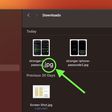Apple's new Vision Pro headset can serve as an external display for a Mac, allowing you to view and control your computer in a visionOS window. The feature is even compatible with some older Intel-based Macs, with one limitation.
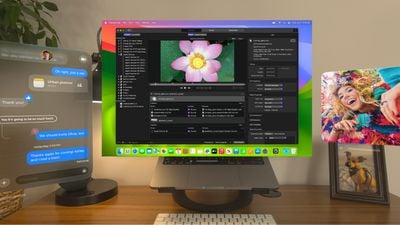
In a new support document, Apple has confirmed that the Vision Pro's Mac Virtual Display feature is compatible with any Mac running macOS Sonoma. If the Mac has an Apple silicon chip, the headset can show its display at up to 4K resolution. If the Mac has an Intel processor, however, Apple says resolution is limited to up to 3K.
macOS Sonoma is compatible with the following Macs:
- MacBook Pro: 2018 and later
- MacBook Air: 2018 and later
- Mac mini: 2018 and later
- iMac: 2019 and later
- iMac Pro: 2017
- Mac Studio: 2022 and later
- Mac Pro: 2019 and later
To use the feature, the Vision Pro and the Mac need to be signed in to the same Apple ID, and the account must have two-factor authentication turned on. In addition, Wi-Fi and Bluetooth must be enabled on both devices to establish a connection.
If you look at a MacBook while wearing the Vision Pro, a "Connect" button will appear above it. For desktop Macs, or if the button fails to appear, Mac Virtual Display can also be turned on in the Vision Pro's Control Center.
You can move your Mac's virtual display by pinching and dragging the window's bottom bar, and bring it closer or farther away. You can also resize the window by pinching and dragging the window bars that appear in the bottom corners.
If your Mac has multiple external displays connected to it, the Vision Pro only shows the one set as the main display in the Mac's System Settings app.
You can use your Mac's built-in keyboard and trackpad, or a paired Bluetooth keyboard and trackpad, to control both the Mac Virtual Display and other visionOS apps. However, the Vision Pro cannot be used with a Bluetooth mouse, according to Apple.
Apple's instructions for turning on Universal Control:
If you want to share the pointer between your macOS and visionOS apps, Handoff must be turned on on both devices. On Apple Vision Pro, go to Settings > General > Handoff. On your Mac, go to System Settings > General > AirDrop & Handoff.
On your Mac, you also need to turn on "Allow your pointer and keyboard to move between any nearby Mac or iPad." Go to System Settings > Displays, then click Advanced.
A few other details shared by Apple:
- Mac Virtual Display does not work when your Vision Pro is in Guest Mode.
- Mac Virtual Display does not support managed Apple IDs.
- The devices must be no more than 10 meters (32 feet) apart to maintain a connection.
More details about Mac Virtual Display can be found in Apple's Vision Pro User Guide.


